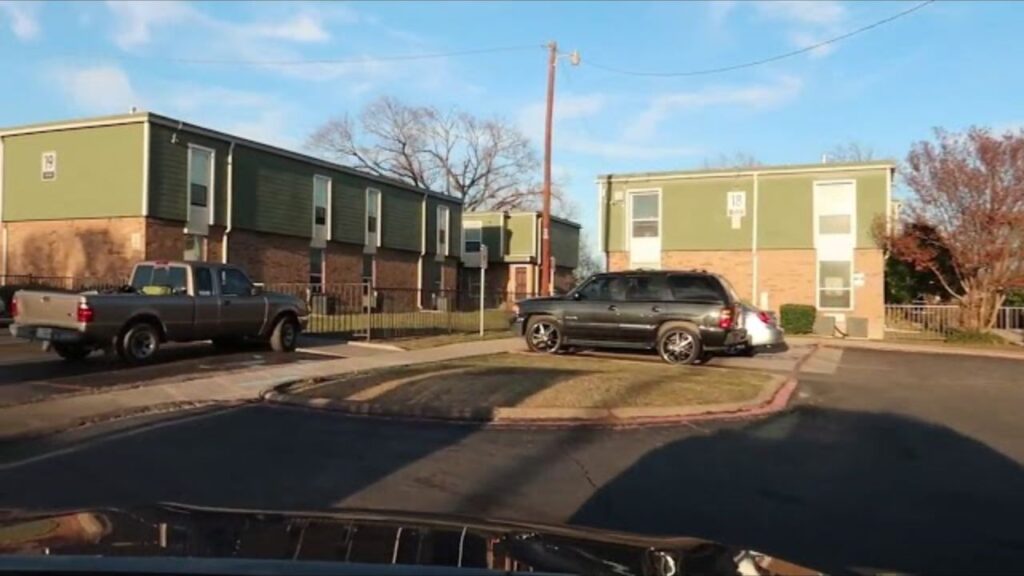Dallas County, located in Texas, ranks as the second most densely populated county in the state, housing over 2.6 million residents. It also contains Dallas, the ninth-largest city in the nation. Nevertheless, not all regions within Dallas County share equal economic prosperity and prospects.
As per the U.S. Census Bureau, the poverty rate within Dallas County stood at 15.8% in 2019, surpassing the national average of 10.5%.
However, this rate fluctuates significantly across various neighborhoods and ZIP codes within the county. Some areas exhibit poverty rates that are more than twice or even thrice the county’s average.
Drawing from Zipdatamaps and other reliable sources, here are the five most impoverished neighborhoods in Dallas County for the year 2022, ranked by their median household income:
1. South Boulevard-Park Row (75215)
Situated in the south-central part of Dallas County, South Boulevard-Park Row is predominantly inhabited by the Black community and encompasses approximately 16,000 residents.
The median household income here amounts to $19,722, which is less than one-third of the county’s median income of $63,812. The poverty rate in this neighborhood stands at 40.6%, over twice the county’s average of 15.8%.
In terms of safety, South Boulevard-Park Row is among the most perilous neighborhoods in Dallas, boasting a violent crime rate of 1,250 incidents per 100,000 residents.
Also Read:
2. Cedar Crest (75216)
Found in the south-central part of Dallas County, Cedar Crest predominantly houses the Black community and has a population of around 52,000. The median household income in this area is $25,763, which is less than half of the county’s median.
The poverty rate in Cedar Crest is 32%, more than twice the county’s average. This neighborhood also experiences heightened crime levels, with a violent crime rate of 1,050 per 100,000 residents.
Also Read:
3. South Dallas (75210)
South Dallas, located in the southeastern part of Dallas County, is primarily occupied by the Black community and hosts approximately 12,000 residents.
The median household income in this neighborhood is $26,250, again less than half of the county’s median. With a poverty rate of 37%, South Dallas surpasses the county’s average twofold. This area also contends with health concerns, boasting elevated rates of obesity, diabetes, and heart disease.
Also Read:
4. Eagle Ford (75212)
In the west-central region of Dallas County, Eagle Ford, predominantly inhabited by the Hispanic community, accommodates around 28,000 residents. The median household income here is $27,083, which is less than half of the county’s median.
The poverty rate in Eagle Ford is 30%, nearly double the county’s average. This neighborhood contends with severe pollution issues, marked by elevated levels of air toxins and industrial waste.
Also Read:
5. Wolf Creek (75237)
Situated in the southwest part of Dallas County, Wolf Creek, primarily housing the Black community, has a population of about 14,000 residents. The median household income in this area is $28,750, which is less than half of the county’s median.
With a poverty rate of 25%, Wolf Creek’s poverty rate exceeds that of the county. This neighborhood also witnesses elevated crime levels, with a violent crime rate of 1,100 incidents per 100,000 residents.
Also Read:
Conclusion
These five neighborhoods epitomize some of the most indigent and underprivileged zones in both Dallas County and the city itself. They confront issues such as low income, heightened poverty, unemployment, and crime rates, all of which impede their access to quality education, healthcare, housing, and public amenities.
Additionally, they grapple with the ramifications of environmental hazards and social isolation, which exacerbate the prevailing disparities and inequalities.
To tackle these challenges, it is imperative to implement policies and initiatives that target the underlying causes of economic hardship, fostering inclusive growth and opportunities.


